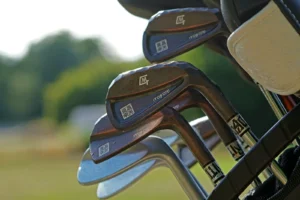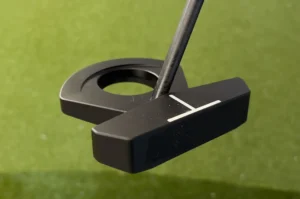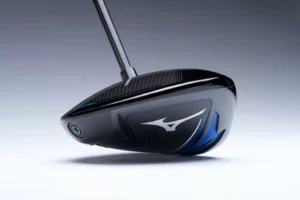Backspin occurs when the golf club imparts friction and lifts up on the ball as it makes contact, resulting in reverse rotation. This causes the golf ball to spin backwards in the air, fighting gravity to create a soft landing and increased control. The dimples on the ball enhance this effect. The more backspin, with how to backspin a golf ball, the greater the ball will curve in the air and stop quickly on the green.
Mastering backspin is critical for executing precise shots and scoring better around the greens. The ability to make the golf ball bite and check up quicker gives you much more control on pitches, chips, and wedge shots. let’s deep dive into how to backspin a golf ball.
Why You Need Backspin
Backspin allows you to be aggressive with wedge shots into the green while still sticking the landing. The spin creates enough friction to kill the ball on impact so you can fire directly at pins instead of playing safe bump-and-runs.
With a high backspin shot, the ball will land softly and roll out very little even on firm greens. This leads to more birdie opportunities and saves par from tough spots just off the putting surface.
Backspin also helps you shape shots more effectively. Combining sidespin on shots into the wind allows you to counteract the elements. Maximizing spin on downhill lies gives you ultimate precision.
Factors That Enable Backspin
Clean Grooves: Fresh, sharp grooves on your wedges grip the ball to create friction vital for spin. Keeping grooves free of dirt, grass, and moisture buildup ensures optimal performance. Use a groove brush before rounds.
Descending Angle of Attack: You must strike down on the ball with a negative angle of attack to properly compress it. Brushing up on the ball reduces spin.
Clubhead Speed: Maintaining speed through impact optimizes spin rates. Let the club accelerate down and through contact.
Equipment: Choose golf balls designed to maximize spin on wedge shots. Urethane cover balls with a lower compression core enhance control.
How to Backspin a Golf Ball – Proper Setup for Backspin
Ball Position: Play the ball slightly forward of center in your stance, close to lead leg.
Open Stance: Set your feet, knees, and hips open to target line to allow free rotation.
Weight Forward: At address, position 60-80% of weight on lead leg. Maintain forward in downswing.
Open Clubface: Present 2-3 grooves open relative to target at address.
Cupped Wrist: Flex lead wrist into slight cup at top of backswing.
Swing Technique for Backspin
As you start the downswing, drive your body into lead leg to prevent sliding and clearing. Maintain flex in lead wrist and hold the cupped position as long as possible through impact. This holds the clubface open to add loft.
Rotate aggressively through impact to square the face. Brush the turf and sweep under the ball with speed to propel it into the air. Strike the ball first then take a divot in front of it.
Read Also: Hand position in golf
Backspin Training Aids
Club Sensors: Attach sensors to your glove and club to analyze critical angles and wrist action in the swing. The feedback identifies flaws preventing optimal strike.
Impact Spray: Apply spray to clubface and ball to see precise impact location. Consistently striking the ball high on the face produces maximum spin and control.
Practice Drills for Backspin
Tee Drill: Place a tee in the ground with the ball teed up 2-3 inches behind it. Swing under the tee to ingrain proper shallow angle of attack.
Half-Swing: Take waist-high backswings focusing on compressed strike. Groove solid impact before full speed.
Uphill Lies: Hit wedge shots from uphill slopes to enhance strike. Adapting to uneven lies trains solid contact.
Downhill Lies: Maximize backspin on downhill shots to counteract gravity. Learn to drive through impact without decelerating.
How Conditions Affect Backspin
The amount of backspin you generate depends heavily on external factors. Wet, soft turf reduces friction against the clubface. Longer grass around the greens inhibits clean contact. Downwind shots also limit spin.
Conversely, dry conditions allow the grooves to penetrate the ball more effectively for added bite on wedge shots. Firm fairway lies increase spin, enabling you to be aggressive into greens from the fairway.
Troubleshooting Backspin
If you struggle to get the ball to bite using these techniques, examine your wrist action. Maintaining cup and flexion through impact holds the face open to create spin.
Also check your angle of attack and strike location. Brushing up on the ball limits friction and spin. Analyze ball flights and use training aids to improve.
Final Thoughts
The key to backspin success lies in optimizing equipment, dialing in setup for proper strike, and committing to purposeful practice. Mastering wedge shot techniques gives you ultimate finesse and scoring ability around the greens.
Focus on shallow angle of attack and holding wrist angles through impact. As you groove a compressive strike with an open face, you’ll see your golf balls dance and stop on a dime.








